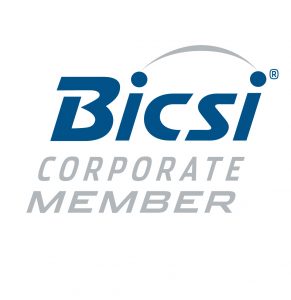
Axis Technical Services specializes in a broad range of services and network solutions. “Anything that is hooked up with a wire, we do it,” Ms. Barbulescu says. Key areas of current growth and expertise include Fibre-optics, wireless infrastructure, and security systems.
“Fibre-Optic has always been at the forefront of pushing higher speeds [and] higher bandwidth for network application,” Ms. Barbulescu reports. The concept is simple. If a network were a road, fibre infrastructure would provide a much broader highway for traffic to travel down than alternative systems would.
Unfortunately, the high costs involved with fibre optic connectivity and equipment have long rendered the technology inaccessible to many users. Associated expenses have slowly dropped over time, however, and fibre optic technology has recently become a more affordable solution for the mainstream.
This increased availability is important because fibre optic technology offers almost unlimited potential. “We don’t even know how fast the network can run on fibre; they haven’t maxed it out yet. Anything they’ve tried, the fibre can do,” Ms. Barbulescu reports. She adds that this potential is especially important because demands on networks will continue to increase steadily in the coming years. “So, if you are thinking about longevity, if you are thinking about future-proofing what you are installing, fibre is the way to go.”
Traditional copper wiring, on the other hand, requires constant updates, which disrupts business activity and racks up unnecessary expenses. “You rip out the old and you put in the new [with every update]. That is extremely wasteful and extremely costly,” Ms. Barbulescu points out. “Whereas, if you put in fibre… you put it in once and it is there forever.”
Fibre is also greener than traditional wiring technologies. Obviously, waste is reduced because businesses do not have to regularly throw out old wires in order to keep up with rapidly advancing technology. In addition, fibre networks require far fewer materials. In fact, it takes “hundreds and hundreds and hundreds” of copper cables to do the same task as one small fibre cable. Not surprisingly, fibre is quickly gaining the attention of forward thinking architects, designers, and businesses.
By Claire Suttles – BusinessInFocusMagazine.com
and Garrett Chong – ISI Branding.ca
View original article on Business in Focus >



